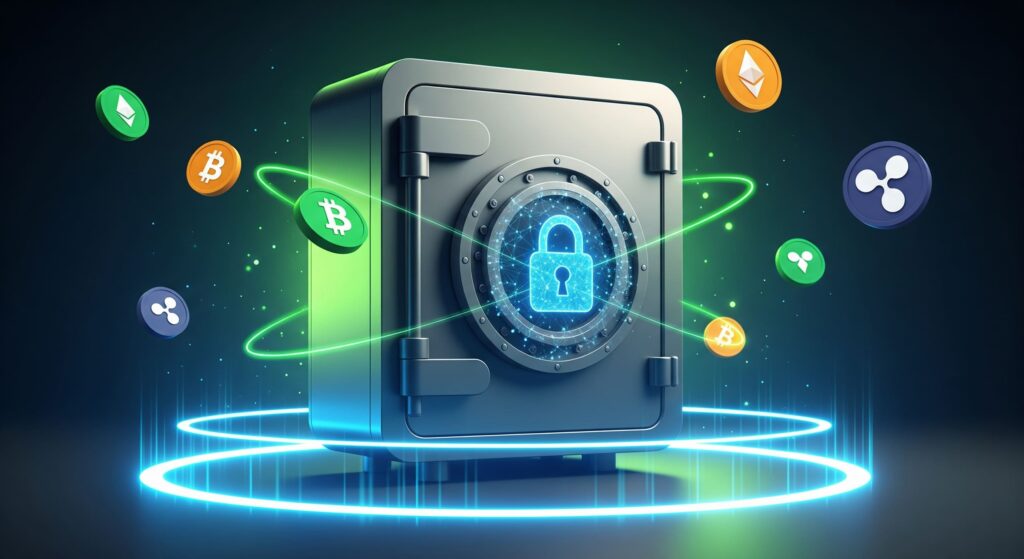Mexico is standing at the threshold of a financial transformation. The growing acceptance of cryptocurrency—particularly stablecoins—and the rising demand for digital asset custody are reshaping how non-bank financial entities position themselves in the market. Institutions like SOFOMs and SOFIPOs, already at the core of Mexico’s alternative finance system, now have an opportunity to expand their offerings in ways that both strengthen the domestic financial ecosystem and connect Mexico more closely to global capital markets.
This opportunity is especially relevant for well-capitalized companies built by international banks and investors. These firms, equipped with experienced teams on the ground in Mexico, are well-positioned to merge international best practices with local regulatory requirements. By doing so, they can establish platforms that not only serve Mexican consumers but also attract global clients seeking a compliant entry point into Latin America’s growing digital asset economy.
The question many providers are asking is: which legal structures provide the best foundation for offering crypto services and digital asset custody in Mexico?
To begin with, the SOFOM ENR—an unregulated multiple-purpose financial company—serves as the fastest route into the market. For firms looking to test new crypto services, such as pilot digital wallets or basic advisory solutions, this structure allows agility and speed. It provides a way to start building a client base without the heavy reporting obligations that come with fully regulated entities. While its limitations prevent large-scale custody operations, the SOFOM ENR is often the first step for fintechs exploring the Mexican digital asset market.
As operations grow and credibility becomes paramount, many firms move toward the SOFOM ER, the regulated counterpart. This entity is subject to oversight from Mexico’s financial authorities and is the natural choice for businesses that want to provide custody, enable crypto trading, or introduce tokenized investment products. Unlike the ENR, the SOFOM ER requires more robust compliance frameworks and reporting, but in exchange it unlocks access to institutional partnerships and builds greater trust among clients and regulators alike.
For companies aspiring to handle deposits or offer products that resemble traditional banking services—such as stablecoin savings accounts or cross-border remittance channels—the SOFIPO or digital banking license becomes essential. These licenses allow institutions to serve a broader retail audience, positioning them to integrate crypto into everyday financial life. The ability to offer deposit-like services provides scale, but it also requires careful capital planning and a high level of operational sophistication.
Together, these pathways—from SOFOM ENR to SOFOM ER to SOFIPO or digital bank—illustrate a progression. Each stage represents a deeper commitment to regulation, a broader scope of services, and a stronger level of credibility in both domestic and international markets. Importantly, these structures are not simply bureaucratic hurdles; they are the backbone of building trust in an industry where transparency, compliance, and security are paramount.
As Mexico continues to embrace digital assets, non-bank financial entities will be at the center of this evolution. The firms most likely to succeed will be those that are not only well-capitalized but also well-regulated, with international backing and strong local teams. By aligning global investment expertise with Mexican regulatory frameworks, they can provide custody and crypto services that expand access, protect consumers, and accelerate the modernization of the country’s financial system.
The era of crypto custody in Mexico is not a distant possibility—it is already unfolding. For non-bank financial entities willing to embrace it, the combination of innovation, regulation, and international capital provides a clear path toward growth and long-term sustainability.

